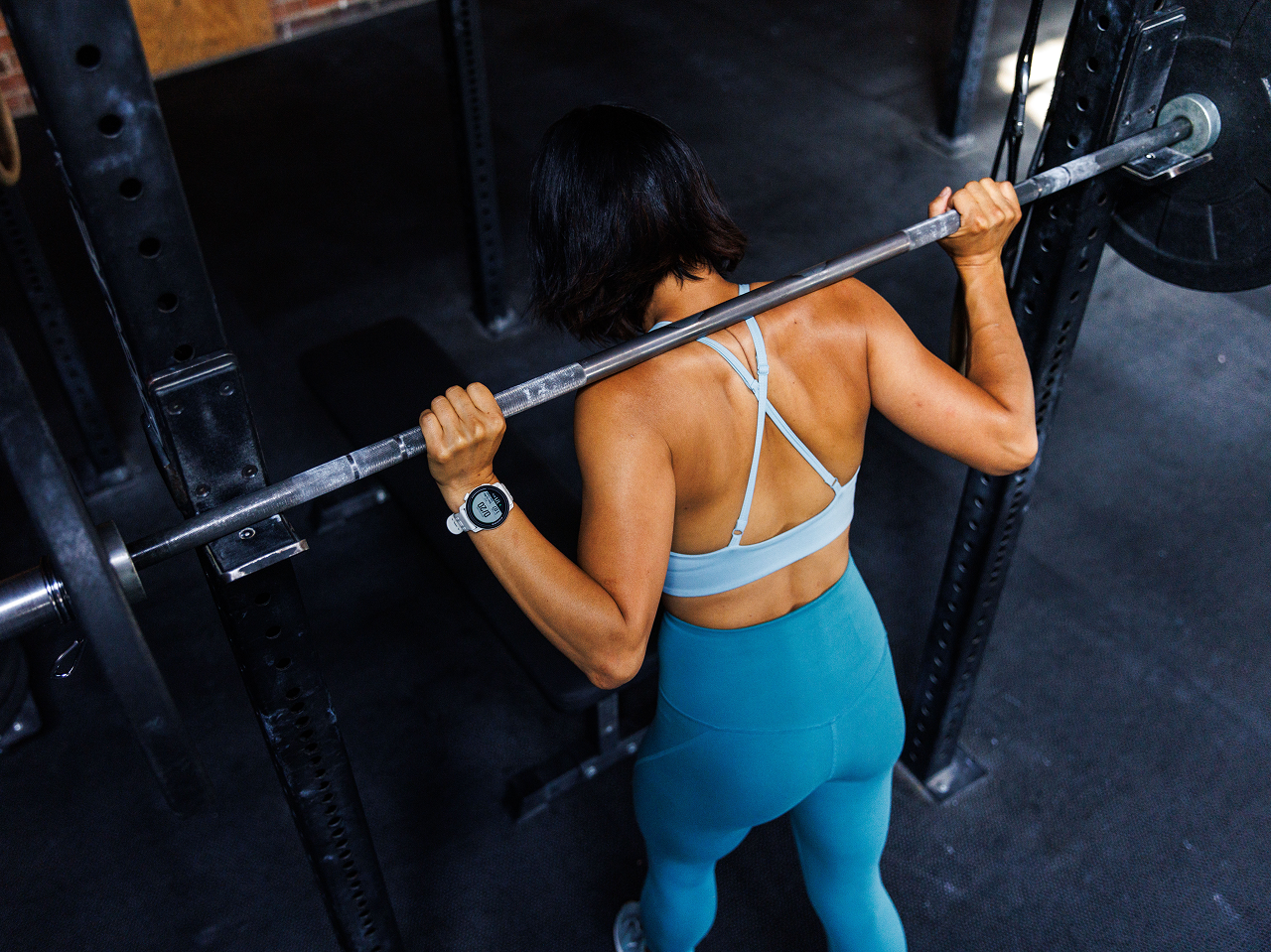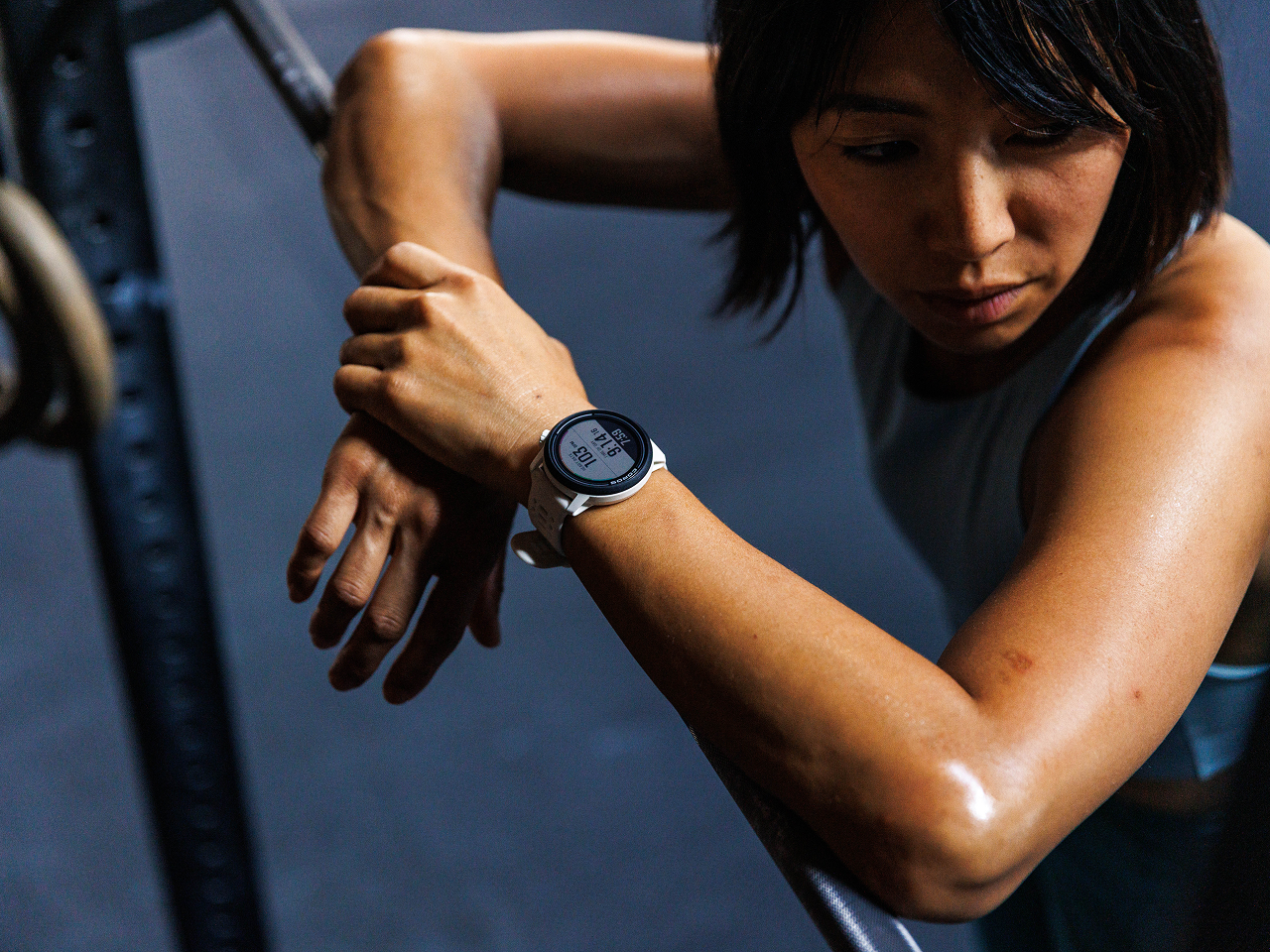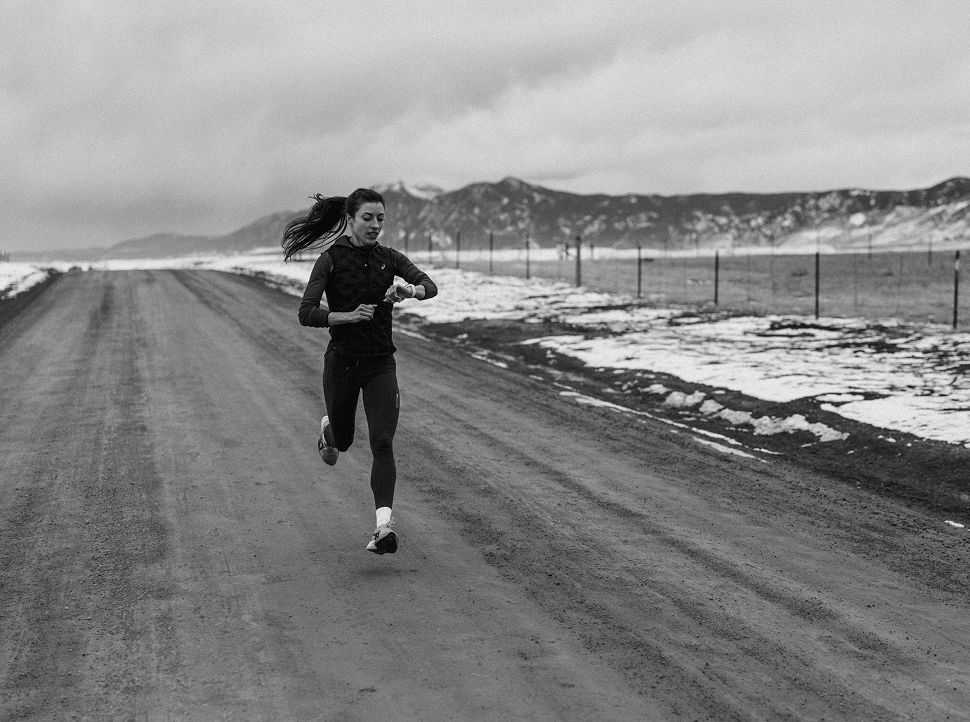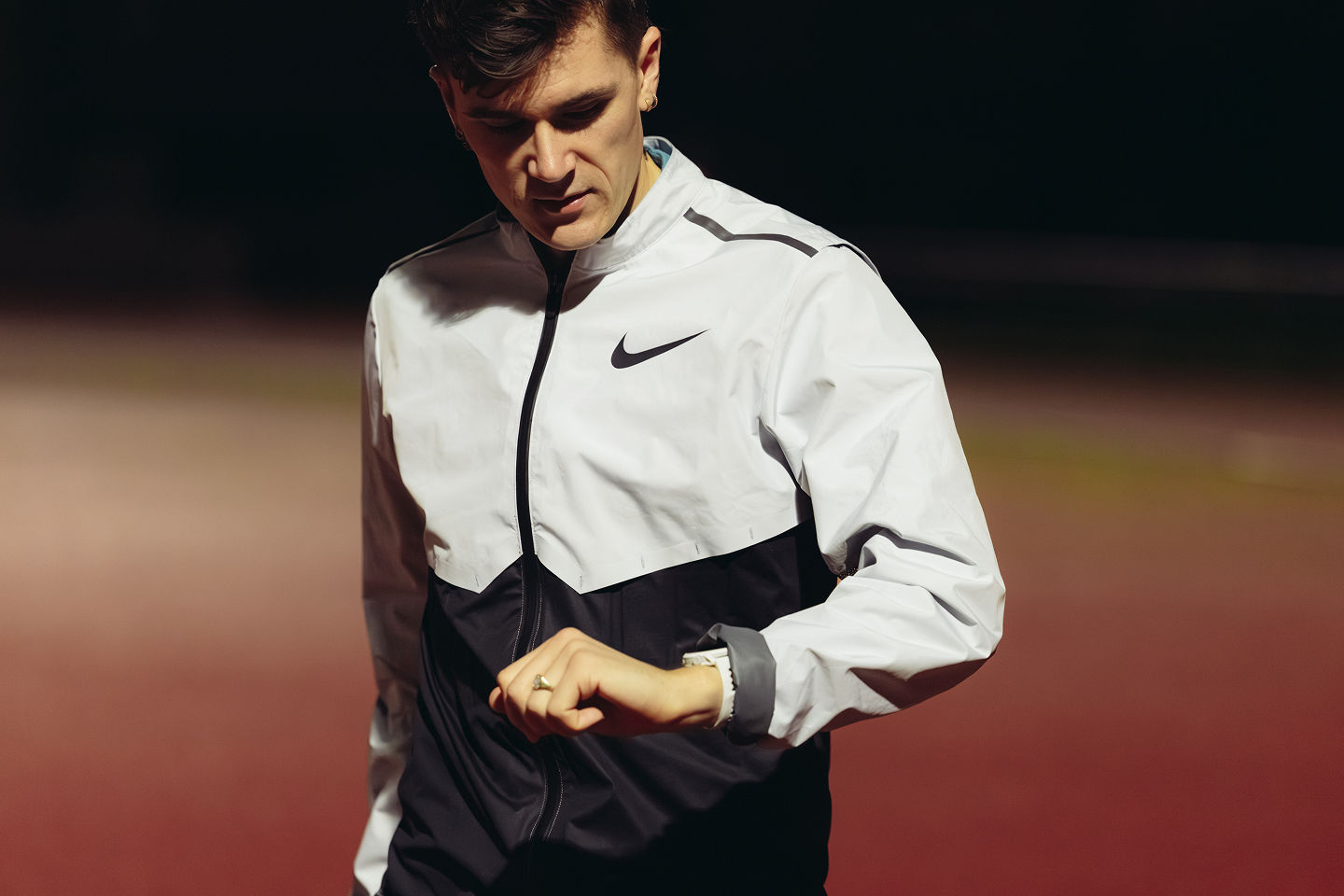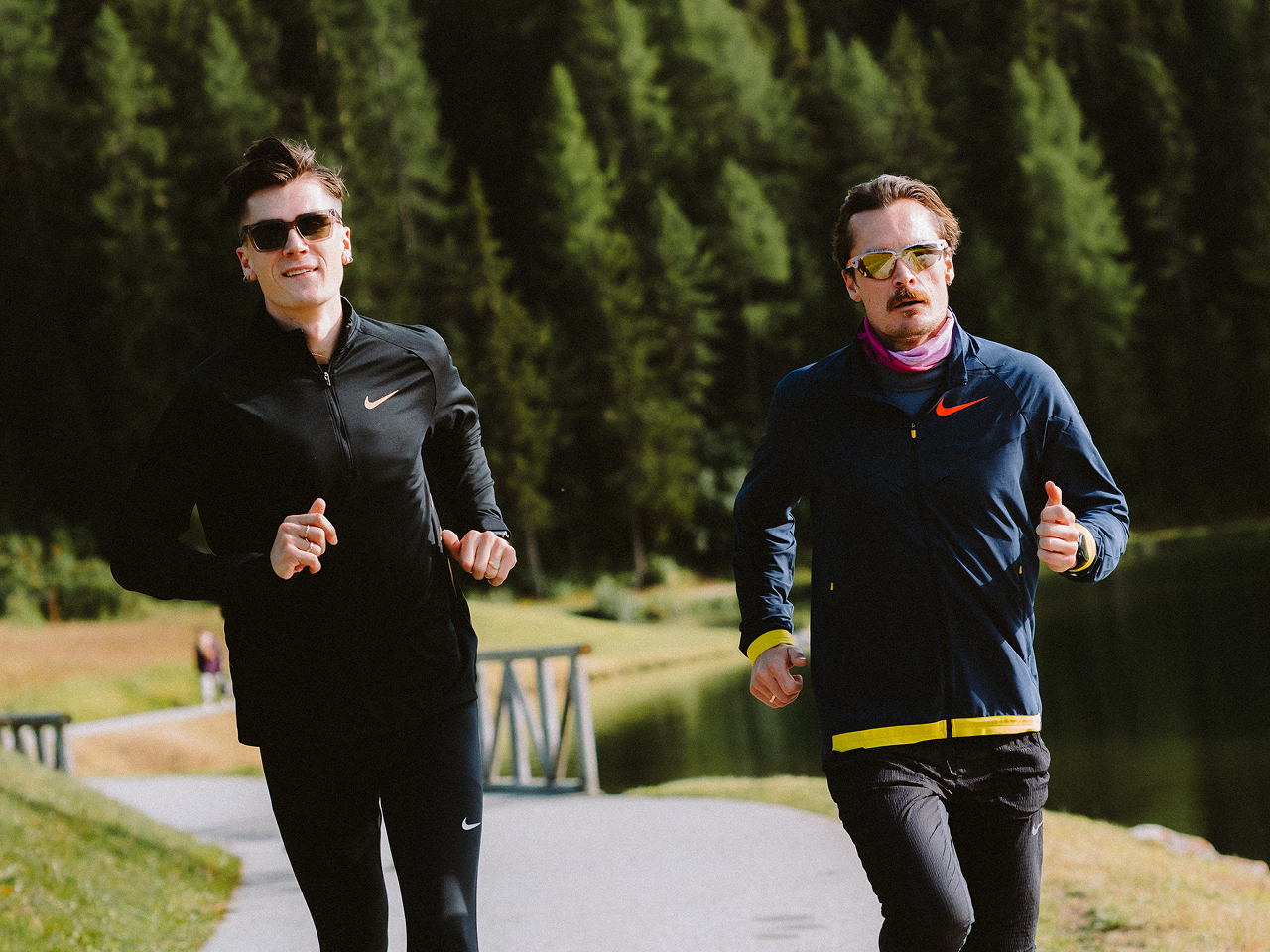When you think about the sport of running, and the gear required to participate in it, it’s a lot simpler than other sports. There are two major items runners like to have in their arsenal. Shoes, and a sports watch. COROS brought the two together in the September 2024 feature update with the introduction of Gear Tracking.
With the new feature, athletes can list their shoes, bikes, and other gear to the app to track their use. Just like you might track the odometer on your car to know when you need your next oil change, you can now track the gear you use for your activities to see how much mileage they've accumulated. This is the perfect tool to help you know when to replace running shoes.
When adding shoes, you can set a starting mileage and max distance, and opt to be notified if you reach your max distance. Shoes can be manually added to each run or set to be automatically added to a specific activity mode. For example, if you want a pair of shoes to be added to Track Runs but not Trail Runs, you can customize that.
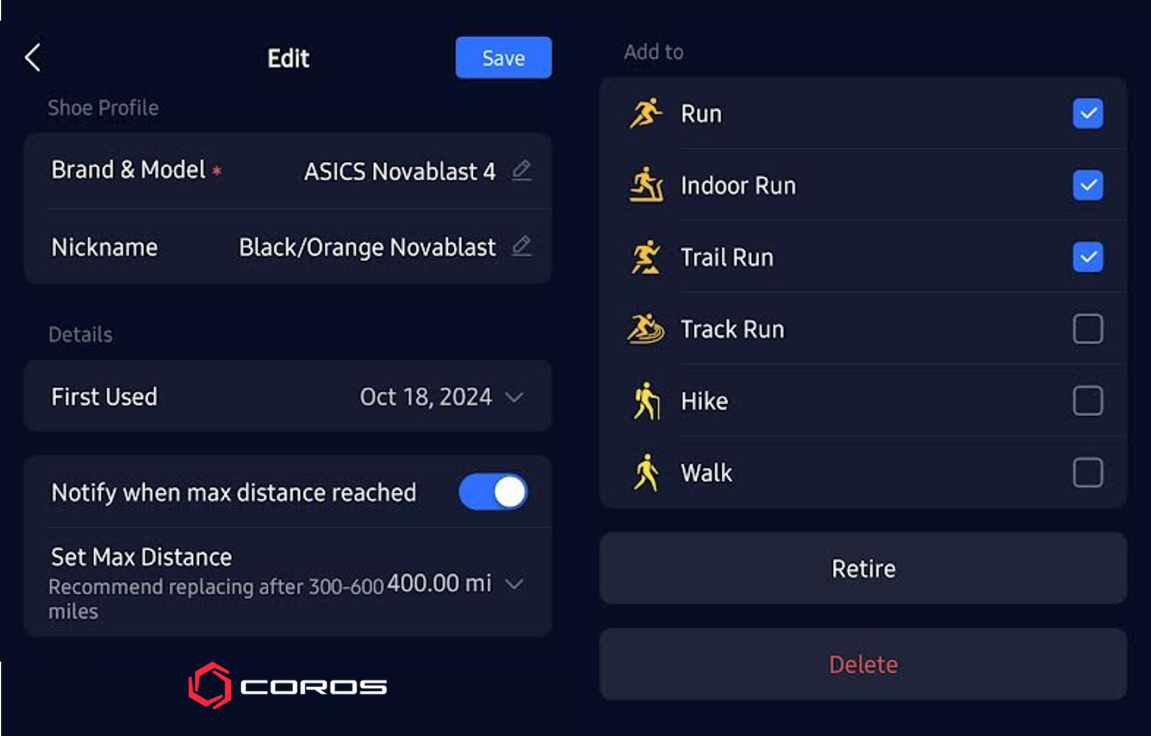
Gear tracking as seen on the COROS mobile app
How often should you replace running shoes?
The lifespan of a traditional running shoe vs. a racing shoe will slightly differ. A daily trainer or non-plated running shoe is known to last 300-500 miles. If you have a racing shoe that’s carbon plated, there isn’t a magic number on when to retire these shoes. However, some studies do show a decrease in energy return when exceeding 200 miles of use.
Things that will affect the lifespan of a shoe will depend on the type of cushioning, durability, how you wear the tread, and how old the shoe is. Yes, the cushioning in a running shoe can break down even if they’re “new” but are just sitting in the box! This doesn’t mean that you can’t grab last season’s model on sale, but just be mindful of the fact that it may break down faster than the newest version.
If you start to notice things like aching joints or lack of energy return on a run, this may mean it’s time to retire your shoes. The Gear Tracking feature on the COROS App can help you be mindful of where you’re at in the lifespan of the shoe.
Running Shoe Rotation
Many runners will own multiple pairs of shoes at any given time, and will choose a pair each day depending on the type of workout they have planned. Having a shoe rotation like this is not necessary but can be helpful. Using multiple pairs of shoes throughout the week makes it even more useful to track each pair in the app. After each run, you can add the gear to that session in the activity details. You can even add multiple pieces of gear if it applies!
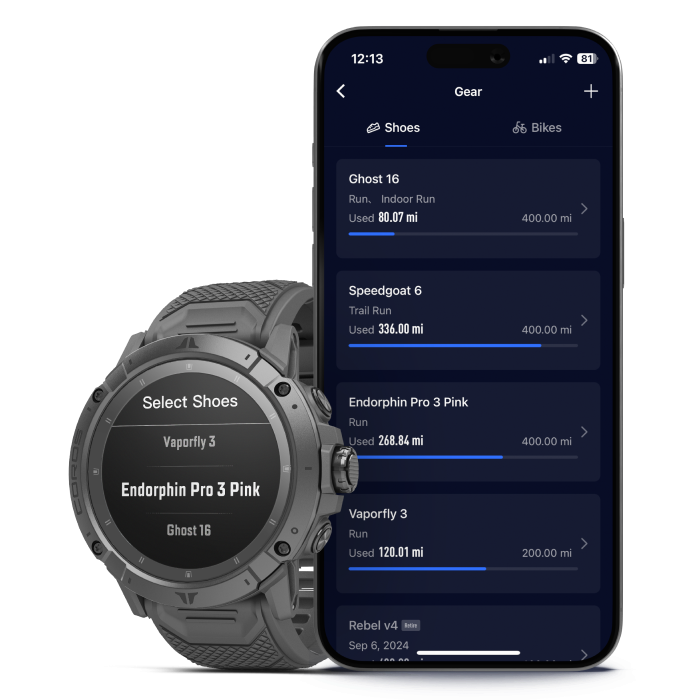
Reduced Injury Risk
A 2015 PubMed Study showed that alternating running shoes can lead to a 39% reduction in injury risk. This is because each shoe will cause your foot to move differently on the run, varying where the stress is displaced in your foot and legs. In short, because running is a cyclical sport, variation can be a good thing!
COROS Education: The COROS POD 2 can provide feedback to help monitor your running form to prevent injuries as well. Left/Right balance measures the percentage of ground time spent on each foot. Track running and trail running may cause the reading to drift away from the desired zone. If the reading exceeds 55% to either side, your risk of injury may increase.
Cushioning Recovery
Something else to keep in mind is that it takes about 24 hours for the cushioning from your running shoe to recover post run. When we run, the foam compresses with each foot strike, so the foam needs time to fully decompress afterwards. So, if you’re someone who runs back-to-back days, having a shoe rotation of 2+ shoes can give them the time they need to be ready to do their job the next time you lace up!
If you decide not to do a shoe rotation, know this is okay, but that your shoes may break down quicker as a result.
Coaching Tip: Results from the Running Form Test include a metric called leg spring stiffness. It is a great indicator of how strong and reactive your lower-body tendons are when running so they can absorb more energy and lower injury risk. Try taking the test with your next new pair of shoes, and use our actionable guide to interpret your results!
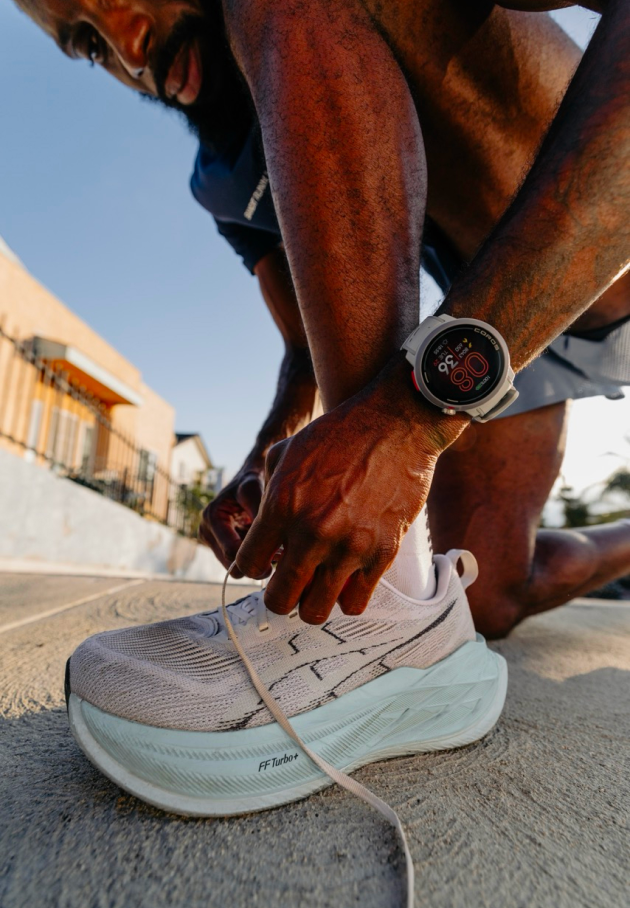
Building a Running Shoe Rotation
If this is something that’s of interest to you, what’s great is that there are running shoes for every experience that you’re looking for. From shoes for recovery runs to race day, you have a lot of possibilities available to you.
I recommend starting with a daily trainer. This is a shoe that is tried and true and can be used for any of your runs during the week. If you’re looking to add a second shoe to your rotation, having a lighter weight shoe meant for speed can be a great addition for days with speed workouts. From there, if you have the means and desire to get more detailed with your rotation, you can (recovery run days, track vs tempo style workouts, etc).
When you take the time to integrate a shoe rotation if it makes sense for you, and are mindful of when it’s time to replace your shoes, your feet and body will thank you!
For this article, COROS Coaches have teamed up with Toni Kengor of Relentless Runners to provide insights from her coaching expertise. To hear the latest from the Relentless Runners team, join their mailing list or follow them on Instagam!

/filters:quality(90)/fit-in/970x750/coros-web-faq/upload/images/ec2517808f27bb7e4c0d070f2bec6a74.png)
